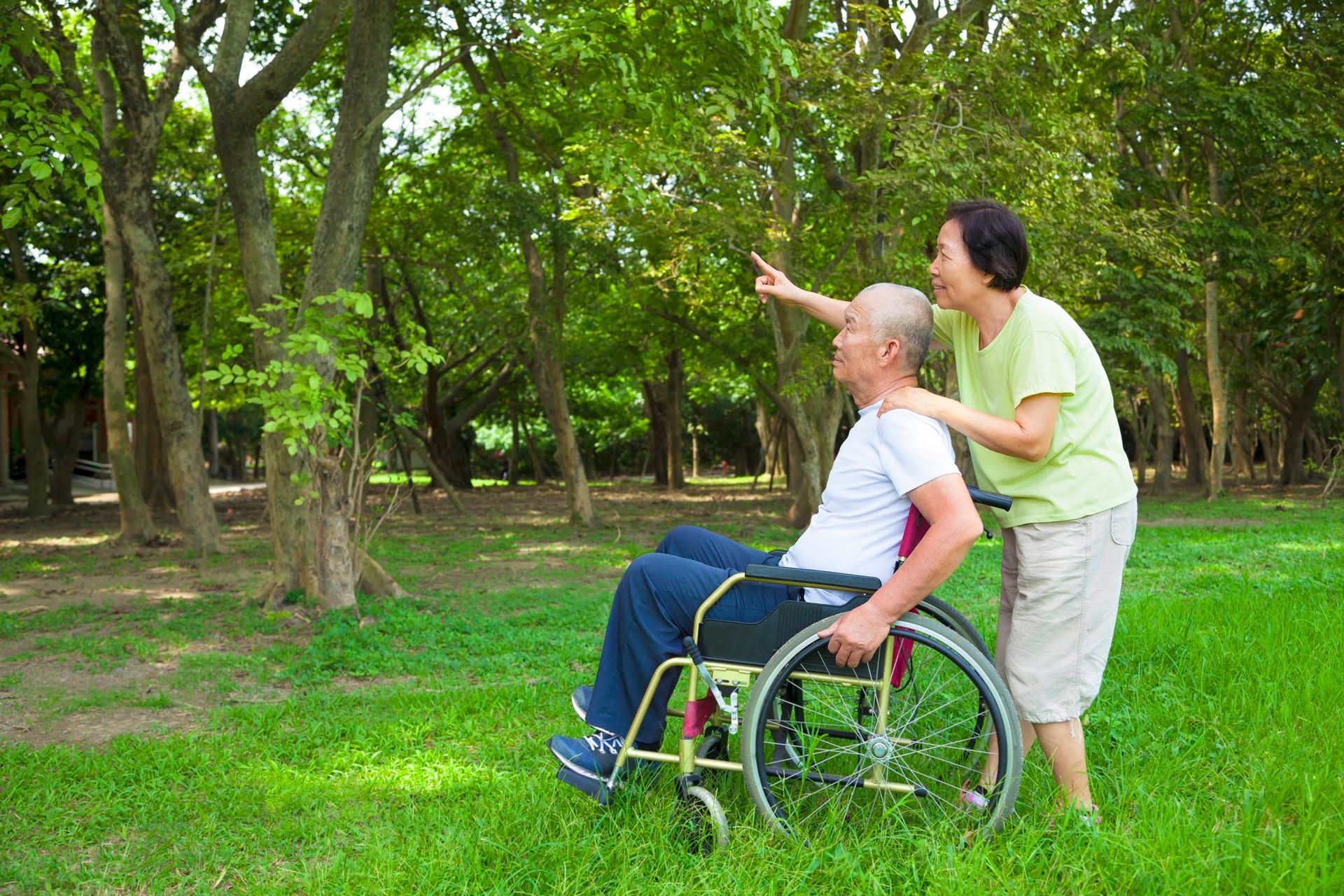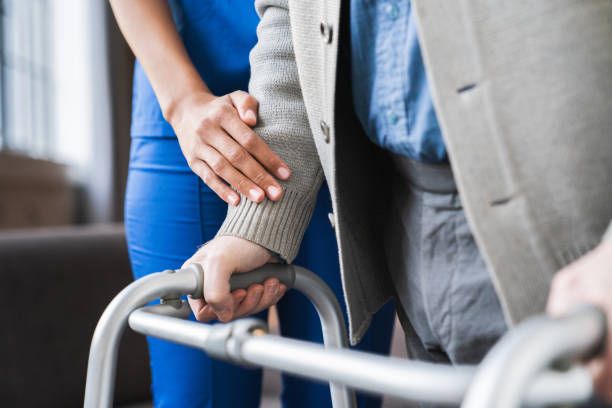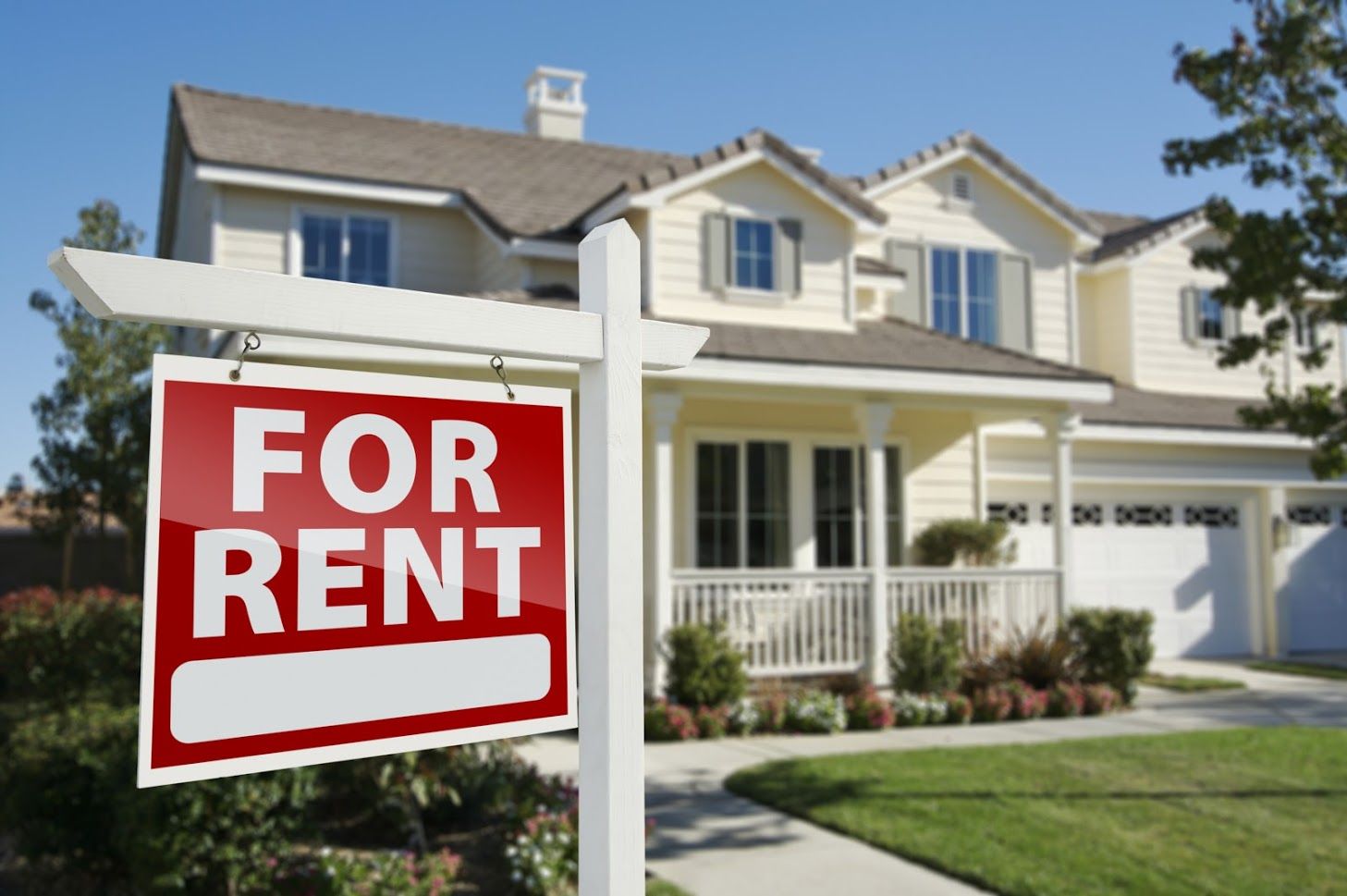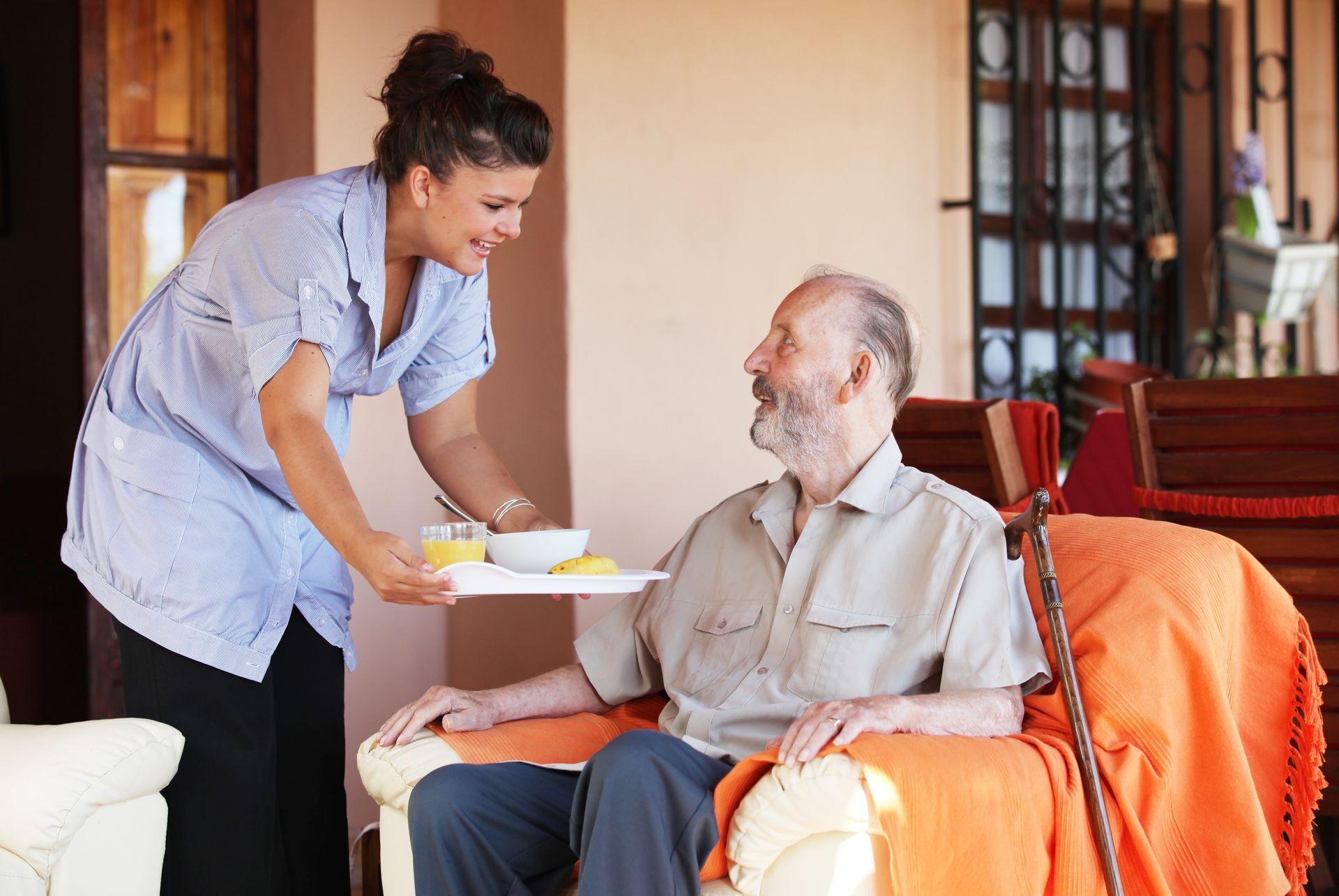What to Look for When Choosing A Mobility-Accessible Unit

Finding safe, comfortable, and accessible housing is a key priority for seniors with mobility challenges. Low-income senior housing communities often provide mobility-accessible units tailored to meet the unique needs of residents who require additional assistance. The right living environment can make an enormous difference in the quality of life, ensuring physical ease, peace of mind, and dignity.
If you're exploring mobility-accessible units for yourself or a loved one, it's essential to know what features and considerations make a space truly functional. From design elements that enhance safety to community features that promote inclusivity, this guide will help you identify the attributes that matter most.
Prioritize Barrier-Free Design and Accessible Layouts
Mobility-accessible units should incorporate intuitive, barrier-free designs that make it easy to move through living spaces safely. Wide doorways and hallways ensure wheelchairs, walkers, or other assistive devices can pass through with ease. Low thresholds or step-free entryways prevent tripping hazards and make navigation seamless.
Inside the unit, pay attention to how rooms are organized. Open layouts make it easier for residents to move freely without needing to constantly turn, backtrack, or maneuver through tight spaces. Living areas, kitchens, and bathrooms should be conveniently located, minimizing the need to travel long distances inside the home.
Seek Thoughtful Kitchen and Bathroom Features
Accessible kitchen and bathroom design plays a central role in the liveability of mobility-friendly units. Look for kitchens outfitted with countertops, cabinets, and sinks positioned at heights that can accommodate seated individuals or those with restricted reach. Side-opening ovens, pull-down shelves, and lever-style faucets are practical additions that empower seniors to maintain their independence while cooking and completing daily tasks.
Bathrooms should be designed with safety and accessibility in mind. Grab bars installed near toilets and in showers provide essential support, reducing the risk of falls. Roll-in showers or step-free bathtubs, along with handheld showerheads, cater to users with varying needs. Ample space for wheelchair turning and slip-resistant flooring enhance practicality and safety.
Prioritize the Importance of Safety Features
Safety is a top consideration for mobility-accessible housing. Well-lit units and pathways ensure visibility, while emergency alert systems provide an added layer of security. Housing units equipped with emergency pull cords or call buttons placed within easy reach allow residents to quickly summon assistance if needed.
Additionally, ensure that flooring is not only slip-resistant but also free of bulky rugs or materials that could interfere with mobility devices. Smooth, continuous flooring throughout the unit eliminates potential tripping hazards and helps residents maintain stability.
Verify Elevator Access and Community Amenities
Before making a decision, assess the overall accessibility of the community. Elevator access is essential in multi-story buildings, ensuring that residents do not face undue challenges when entering or leaving their homes. Elevators should be located near units for convenience and should be large enough to accommodate wheelchairs and other equipment comfortably.
Beyond the units themselves, consider the amenities within the housing community. Accessible parking spaces close to entrances, ramps, and handrails significantly enhance mobility around the property. Common areas such as lounges, gardens, or activity rooms should also be designed inclusively, offering ample space and easy access for all residents to participate in social, recreational, or wellness activities.
Look for a Community Focused on Inclusivity
Mobility-accessible housing should provide more than just functionality; it should foster an environment of inclusivity and connection. Look for communities that encourage socialization and engagement through planned activities, communal spaces, and resident events. Maintaining social bonds and an active lifestyle is vital for seniors’ emotional well-being and overall quality of life.
Finding the Right Mobility-Accessible Unit
Selecting a mobility-accessible unit in a low-income senior housing community requires careful consideration of design, accessibility features, safety, and support services. Prioritizing these key factors ensures a living environment that promotes independence and safety while fostering a sense of belonging. Taking the time to evaluate these elements will help you make a more informed decision for yourself or a loved one.
For more info, contact us at Robert Cottingham Property Management.















